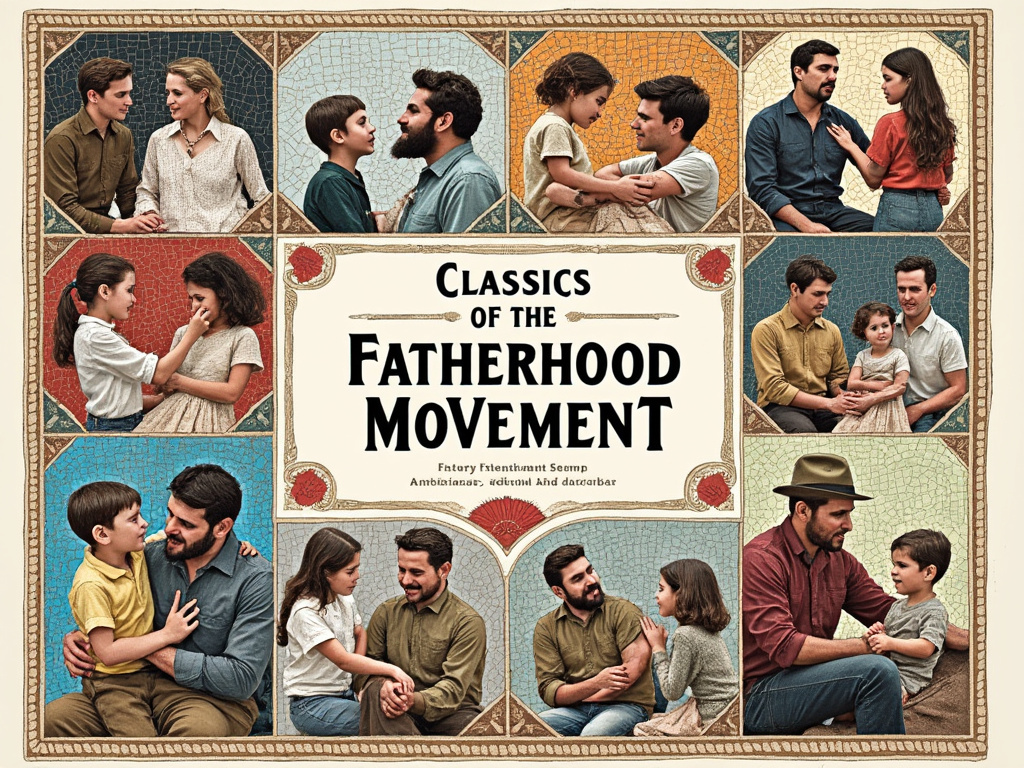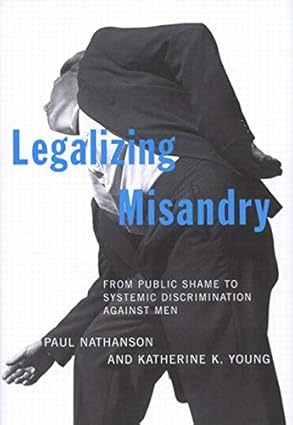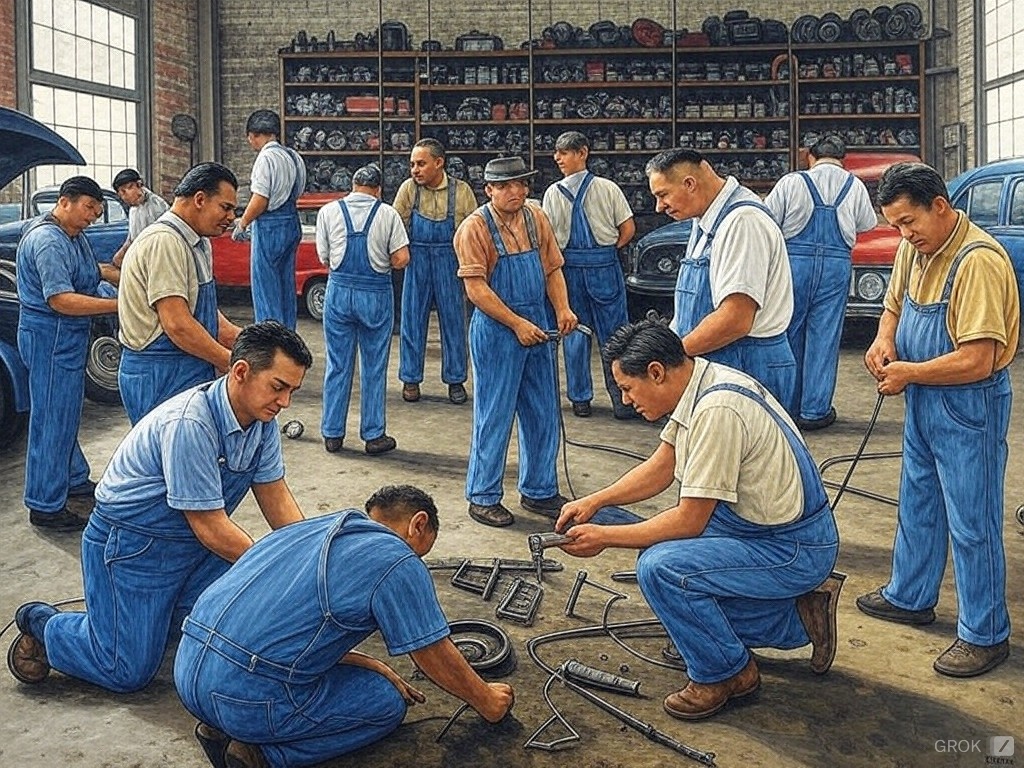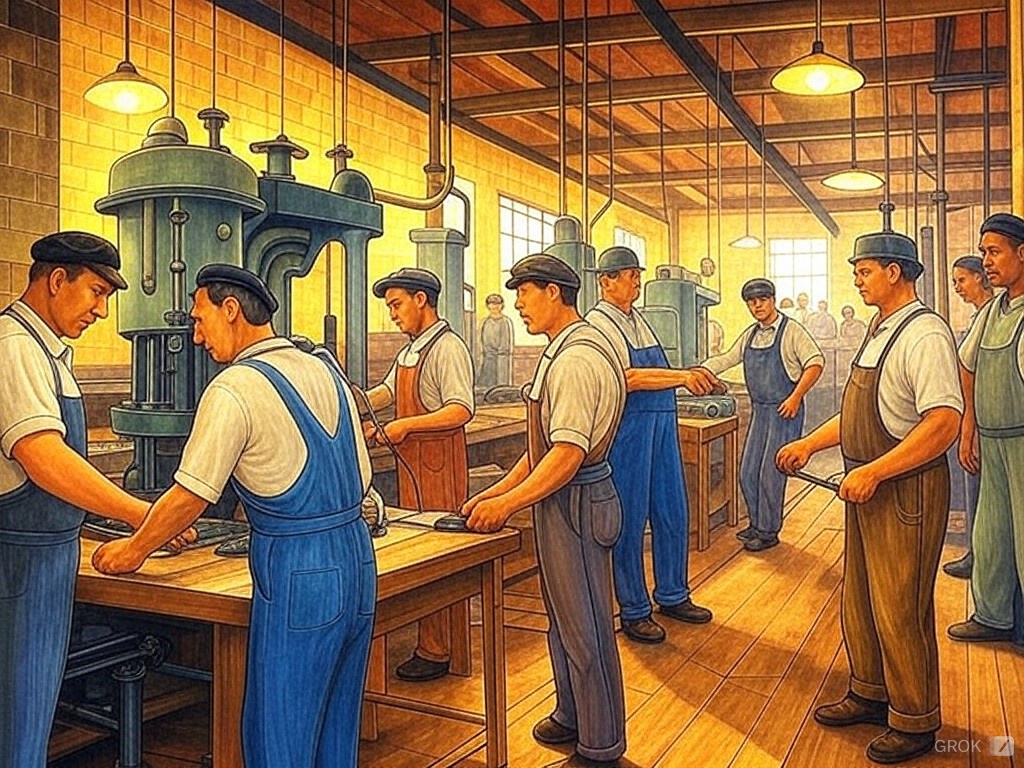To mark the 50th anniversary of the Australian Family Law Act in 2025 A Sense of Place Magazine is running this series Classics of the Fatherhood Movement.
Also, keep an eye out for the upcoming book from A Sense of Place Publishing, Failure: Family Law Reform Australia by veteran journalist John Stapleton, which will be published on 15 February, 2025.
No one in Australia has done more to encourage the hatred of men than Labor Prime Minister Anthony Albanese, who has bent over backwards to appease Canberra’s feminist bureaucrats. His actions have included two tranches of appalling legislation, Family Law Amendment Bills 2023 and 2024. He has been so extreme in his actions he has now provoked a backlash among male voters in the lead up to the next election, most likely to be held on 17 May, 2025. Already widely disliked, he will soon be forced to face those he has so comprehensively betrayed.
The polls show the partisan gender divide on voting and leadership. This month’s Essential poll, on a two-party basis, has the Coalition on 51% among men, and Labor on 44%, with 4% undecided. Among women, Labor is on 49% and the Coalition on 46%, with 5% undecided.
The Resolve poll earlier this month had, as preferred prime minister, Opposition leader Peter Dutton polling 40% among men, and Albanese 34%, with the rest undecided.
Legalizing Misandry: From Public Shame to Systemic Discrimination Against Men
In “Legalizing Misandry,” Paul Nathanson and Katherine Young delve into what they perceive as the institutionalization of misandry, or the hatred of men, in North American society, particularly focusing on the legal, social, and cultural implications. The authors argue that there has been a significant cultural shift towards ideological feminism, which they describe as a worldview that systematically disadvantages men while promoting women’s interests, often at the expense of fairness and equality.
Nathanson and Young begin by defining misandry as the counterpart to misogyny, suggesting that while misogyny has been widely recognized and critiqued, misandry has been largely overlooked or even justified under the guise of rectifying historical imbalances against women. They contend that this misandry is not just a societal undercurrent but has become legalized, affecting law, public policy, education, and journalism.
Legal and Policy Frameworks
One of the key areas of focus is how legal systems have been reshaped. The authors cite examples like the treatment of domestic violence laws which, they argue, often assume male guilt, impacting custody battles, divorce settlements, and sentencing. They discuss how laws intended to protect women from violence have sometimes morphed into mechanisms that promote a systemic bias against men, from child custody to alimony arrangements.
For instance, they criticize the Violence Against Women Act in the U.S., pointing out how it might inadvertently foster an environment where male victims of domestic violence are overlooked or their claims are not taken as seriously. The book also explores the implications of affirmative action in education and employment, suggesting that these policies can lead to discrimination against men under the banner of promoting gender equity.
Cultural Narratives and Media
The authors extend their analysis to popular culture, examining how media representations amplify and normalize misandric views. They discuss how men are often portrayed as inherently violent, incompetent, or needing to be ‘tamed’ by women, as seen in sitcoms, movies, and news media. This, they argue, conditions society to accept or even celebrate policies and attitudes that discriminate against men.
A significant portion of “Legalizing Misandry” is dedicated to family law, where they argue that the legal system has tilted heavily in favor of women. They discuss how divorce laws, child custody decisions, and support payments often presuppose the moral superiority of women over men, leading to outcomes where fathers are systematically disadvantaged. They critique the notion of “tender years doctrine,” which historically and sometimes still practically, gives preference to mothers in custody cases, based on outdated assumptions about parenting roles.
Criminal Justice
The book also critiques the criminal justice system, highlighting how legal changes have been influenced by feminist ideology. They point to sentencing disparities, where men are punished more harshly than women for similar crimes, and how male victims of crime, especially sexual assault, are less likely to be taken seriously or supported by the legal system.
Nathanson and Young argue that within academic circles, particularly in gender studies, there’s a propagation of ideologically driven research that frames men as oppressors. They discuss how this academic discourse influences educational policies, leading to an environment where boys are at a disadvantage in educational settings, from curriculum biases to less attention to male-specific issues like literacy or educational engagement.
Theoretical and Historical Context
The authors provide a historical overview, suggesting that while the fight for women’s rights was initially about equality, it has veered into promoting misandry under the guise of feminism. They critique radical feminism, which they see as having replaced a nuanced discussion of gender with a blanket condemnation of masculinity.
The book has been controversial, with critics arguing that Nathanson and Young overstate the case, potentially ignoring the ongoing benefits of feminist movements for both genders. The authors themselves acknowledge that their critique is not of feminism per se but of what they identify as its ideological excesses.
Conclusion
“Legalizing Misandry” concludes by arguing for a more balanced approach to gender issues, one that does not demonize men or masculinity but seeks true equality where both genders’ issues are addressed without bias. They call for a dialogue that transcends ideological divides, emphasizing that correcting historical injustices should not lead to new forms of injustice.
Nathanson and Young’s work is provocative, aiming to challenge what they see as a pervasive but largely unacknowledged anti-male bias in Western societies. Their arguments are backed by numerous examples from law, media, and academia, though they recognize that their perspective might be contentious and requires further debate and scrutiny to assess its full validity.
CLASSICS OF THE FATHERHOOD MOVEMENT
CLICK ON THE IMAGE BELOW TO SEE THE SERIES SO FAR

OUT 15 FEBRUARY 2025
MARKING THE 50TH ANNIVERSARY OF THE AUSTRALIAN FAMILY LAW ACT








